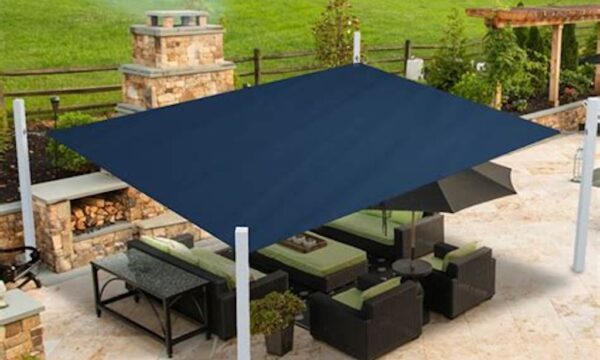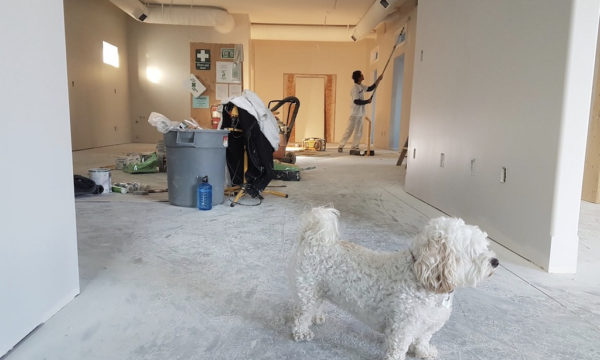Modern home 101: How to apply microcement

People are getting creative with their homes, and with new builds being increasingly common, it’s becoming easier to incorporate modern decor such as exposed concrete walls as part of an overall aesthetic. A microcement is one of the final decorative coatings for a wall such as this. It’s not difficult to apply with the necessary tools and a good guide. Here are some general steps to follow for an optimal outcome.
Step 1: Surface cleaning
The first step is ensuring the surface is clear of dust and grease. Also, it must be fully dry, have a sound base and be as straight or smooth as possible.
There are two different surfaces on which microcement can be used.
- Walls or floors that require regularisation (such as cement plaster or tile walls). No matter how they are finished, all types of flooring require regularisation
- Entirely smooth surfaces
With walls and floors that require regularisation, an additional phase of preparation is required to prepare the surface as smooth walls make the procedure simpler and less costly.
Step 2: Surface regularisation
As an optional extra precaution, it may be a good idea to extend a fibreglass mesh first over any uneven walls or floors that need to be regularised. This can be helpful in two ways: when the base microcement is applied (the microcement for the regularisation) and when it is utilised to conceal flaws and tile joints. The mesh will make it possible for the microcement to bond more effectively.
Once the surface is ready for the microcement, it’s time to start applying protective tapes. Shielding tape is used to cover exposed surfaces, furniture corners, etc.
Next, the primer is applied. With the help of the primer, the microcement and surface can bind together perfectly. With a short-haired roller, it is simple to apply and water can be used to clean the tools. The drying period typically lasts 20 to 40 minutes.
If a fibreglass mesh has been used, the primer is applied over it. This method will assist the mesh in remaining connected to the surface, allowing the microcement to be applied more easily.
Step 3: The microcement and the finish
Next, it’s time to apply the microcement itself in thin layers, one at a time. It is advisable to use two applications, and each layer should be 1mm thick. Application requires a specialised steel or plastic trowel and a steady hand.
Once the first layer has dried thoroughly, it must be sanded down using 40-grit sandpaper to create a flawless surface before applying any further layers. On the final layer, it’s best to use 180-200 grit for the sanding. Once this is done, the protective tape can be taken off and the dust cleaned up with a vacuum cleaner or moist cloths.
Step 4: Sealer
The next step is applying a sealer. This protects the microcement and gives it a waterproof quality. It also helps improve the aesthetics.
Step 5: Varnish
This is the final layer. The varnish will make the cement impermeable, which makes it resistant to standard cleaning solutions like anti-limescale, ammonia and bleach.
Generally, there are three options for the varnish: satin, matte and glossy. It’s important to apply at least two layers using a short-haired roller.
Wrapping it all up
As a last tip for microcement concrete floor, wall or other surface, DIY-ers should ensure that every layer is completely dry before moving on to the next step. Otherwise, there’s a risk of ending up with a mess that needs redoing. That’s it for now! Of course, there are a lot of other nuances when applying microcement, but the guide above should help with getting started.
The editorial unit



















Facebook
Twitter
Instagram
YouTube
RSS